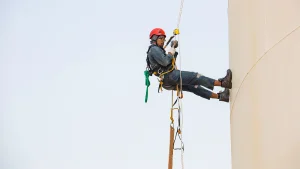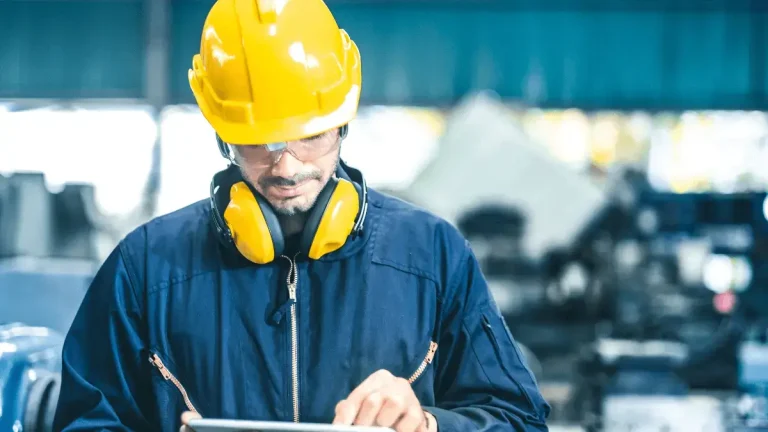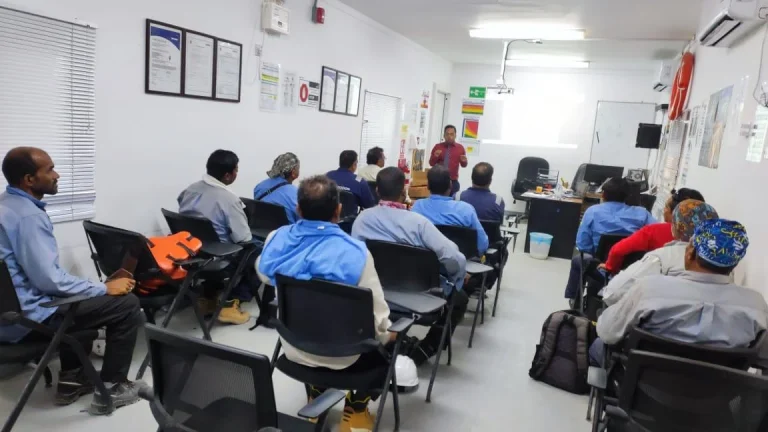Scaffolding Types, Materials, and Components
Scaffolding is like a temporary set of stairs and platforms, which is made up of metal pools and wooden planks and used to support workers and cleaners who are working at height. It’s made of metal poles and wooden boards that fit together. People use it to hold tools and materials, too. It’s important because it helps workers do their jobs up high without having to worry about falling. When the work is done, the scaffolding can be taken apart and used again somewhere else. It’s a very helpful tool for construction workers. we will discuss multiple scaffolding types in our article.
Scaffolding Types
In this article, we will discuss many types of scaffolding like Brace Scaffolding,Cantilever scaffolding, Mobile scaffolding, Suspended Scaffolding, Tube and coupler scaffold, and Bracket scaffold.

Cantilever Scaffolding
Cantilever scaffolding of is a special kind of support used by builders when they can’t put scaffolding on the ground. It has strong arms that stick out from the side of a building and hold up platforms where workers can stand. It is really useful when the ground is not solid enough for regular scaffolding or when the area below needs to be kept clear. Here are some common uses of Cantilever Scaffolding.
Mobile Scaffolding
Mobile scaffolds are fitted with scaffolding wheels on the base which allow it to move easily on flat surfaces. It is ideal for jobs like painting and repairing things at different heights. Here are some common uses of mobile scaffolding.


Suspended Scaffolding
It is also known as hanging scaffolds, they are supported by chains, cables, and ropes. they are commonly used for
Tube and coupler scaffold
It is also known as a tube and clamp scaffold. It consists of steel tubes connected by right-angle clamps, which makes it stronger and more flexible for various work surfaces. Here are some common uses of tube and clamp scaffolds.


Frame Scaffolding
Frame scaffolding, is mostly used scaffolding type in wor also known as tubular scaffolding or baker scaffolding, is a temporary structure commonly used in construction projects. It provides a safe and effective working platform for workers at elevated heights. Its simplicity and flexibility make it a popular choice for contractors and workers alike. Here are some common uses of Frame scaffolding.
Brace Scaffolding
Brace scaffolding is made up of a frame that is already built and has horizontal and lateral braces. It’s easy to set up and great for jobs that need to move the scaffolding around a lot.

Scaffolding Materials and Parts
The strength and safety of a scaffold mainly depend on the scaffolding materials and scaffolding parts used.
Aluminum Scaffolding
Aluminum Scaffolding is lightweight and temporary, used in construction, maintenance, and repair work. It consists of vertical and horizontal frames, diagonal braces, platforms, and safety rails. Aluminum scaffolding is easy to assemble and disassemble, making it suitable for various tasks. Its key features include strength, corrosion resistance, and portability.
Scaffolding Materials
There are some Common scaffolding materials names including aluminum, steel, and wood, chosen based on project needs.
Scaffold Planks and Clamps
Scaffold planks provide a work surface for workers, and scaffolding clamps secure the gaps and provide safety.
Base Plates and Scaffold Jacks
Scaffolding base plates help spread the weight, and scaffold jacks allow for height adjustments.
Wheels and Toe Boards
Scaffolding wheels enhance mobility, and toe board scaffolding prevents materials from falling, enhancing safety.
Scaffolding Assembly and Safety
To keep scaffolding a safe place for workers, it’s important to put it together correctly and follow safety rules. For structure safety, it’s important to set it up correctly, check it regularly, and follow the rules.
Scaffolding Erection
Proper scaffolding erection is important for the stability and strength of the structure. Building scaffolding involves following specific guidelines that include correctly positioning base plates, ensuring cross-bracing for added stability, and checking that all components are securely fastened. These steps help prevent scaffold collapse and ensure the safety of everyone on the site.
Scaffolding Tag and Inspections
A scaffolding tag is an important part of safety rules because it shows how safe the scaffolding is right now. It informs you when the last check of the scaffolding was done and if it is safe to use. For this safety level to stay the same, trained scaffolding inspectors must do regular checks.
Specialized Scaffolding Features
Some scaffolding systems have special features that are meant to meet certain goals and make construction sites safer and more productive.
Cuplock Scaffolding
Cuplock scaffolding is famous for having a special locking system that makes it easy to put together and safe. There is a cup-shaped lock at each joint of this device that keeps the scaffolding poles securely together. The locking feature cuts down on the time it takes to put together and makes the structure strong enough to hold heavy loads, making it perfect for complicated building projects.
Ledger Scaffolding and Transom Scaffolding
Ledger scaffolding and transom scaffolding are used in this setup to add extra support and steadiness. Some of the tubes that connect the vertical tubes, or standards, are called Ledger. Transoms are placed across the ledgers to hold the scaffold boards. This setup spreads the weight out evenly, makes the scaffold stronger, and makes it safer for the workers.
FAQS
Conclusion
Scaffolding is an important part of building projects because it helps people get to high places and gives them support. To keep scaffolding safe and stable, it’s important to put it together correctly, follow safety rules, and have it inspected regularly. Specialized systems, such as Cuplock scaffolding and ledger and transom scaffolding, help workers get their jobs done faster and safer. To keep the workplace safe and avoid accidents, it is important that scaffolding standards are followed and that scaffolding supervisors and scaffolding foremen make sure that they are. By knowing the different kinds of scaffolding and following strict safety rules, building projects can be more productive and safe, which protects workers and makes the scaffolding last longer.







